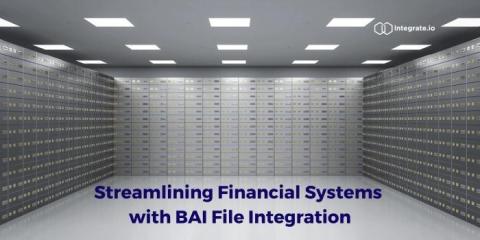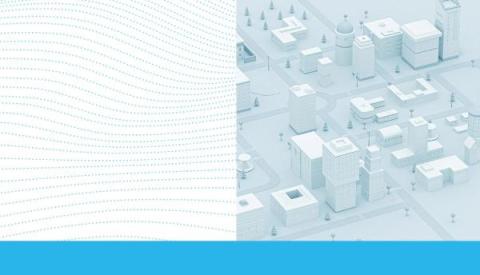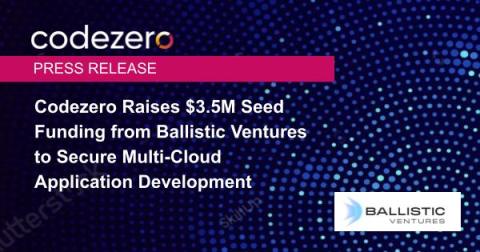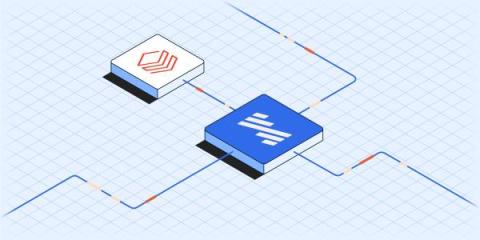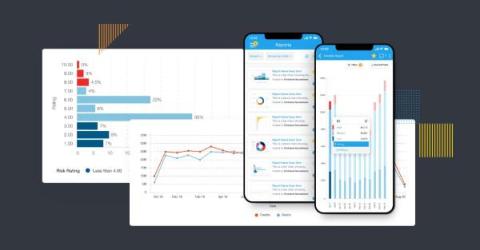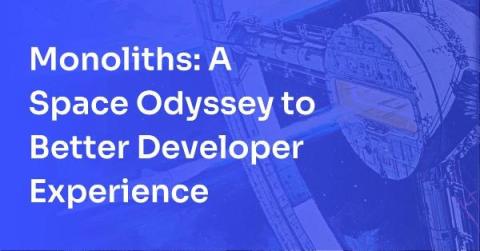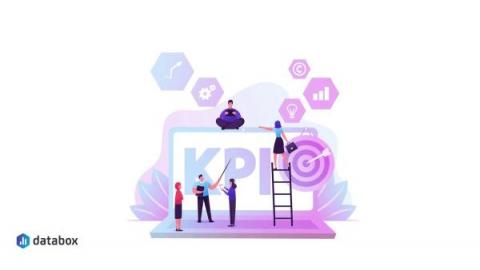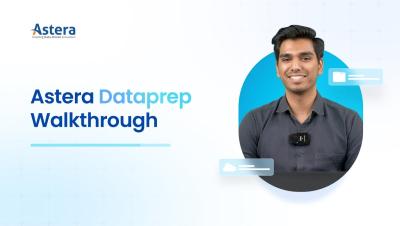Let's build a Hanami app
Hanami is a relatively new full-stack Ruby web framework. Unlike Rails, which has many default assumptions about how an app should be built, Hanami promises developer freedom by not imposing too many such defaults. The framework is also blazingly fast due to its low memory footprint and focus on minimalism. Combine that with a focus on strict abstractions, and you get a fully-featured Ruby framework that could rival Rails for building some applications, such as APIs and micro-services.



